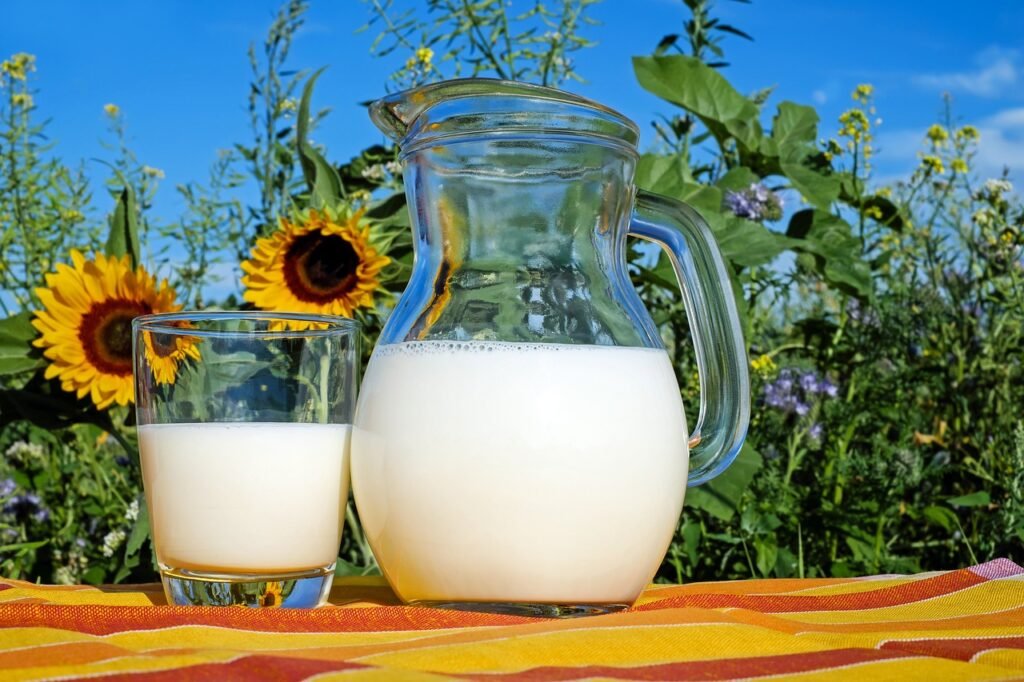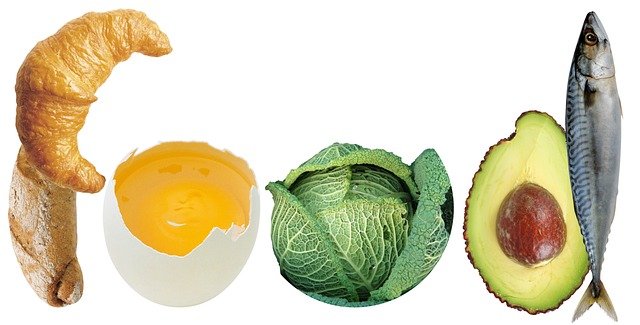Every time you’ve heard the word “protein,” it’s often heralded as the muscle‑building macro par excellence. But how much protein do you actually need each day? Is the standard “0.8 grams per kilogram of body weight” enough for everyone, or should that number be higher if you’re active, trying to lose weight, or simply aiming to age gracefully? Dive in as we unpack the science and separate fact from fitness‑industry fiction—so you can fuel your body just right.
Why Protein Matters
Protein is more than just a fitness buzzword. It’s the structural backbone for:
- Muscle and tissue repair
- Enzymes and hormones that regulate metabolism, mood, and more
- Immune cells that defend against illness
- Hair, skin, and nails maintenance

Unlike fat or carbohydrates, protein cannot be stored in a dedicated reserve, so a daily intake that matches your body’s needs is essential for keeping these processes humming along smoothly.
The Baseline: Recommended Dietary Allowance (RDA)
The U.S. Institute of Medicine sets the RDA for protein at 0.8 g per kilogram of body weight for healthy adults. In more familiar terms, that equates to about:
- 56 g per day for an average sedentary man (70 kg)
- 46 g per day for an average sedentary woman (57 kg)
This baseline is designed to prevent deficiency and maintain basic physiological functions—not necessarily to optimize health, athletic performance, or body composition.
Beyond the Basics: When More Is Better
- Active Lifestyles & Athletes
If you sweat it out regularly—be it in high‑intensity interval sessions, long runs, or strength training—your muscles demand more building blocks for repair and growth. Studies suggest:- Endurance athletes: 1.2–1.4 g/kg
- Strength athletes: 1.6–2.2 g/kg
- Weight Loss & Body Recomposition
Higher protein intakes can help preserve lean mass while dieting, curb hunger through enhanced satiety, and boost the thermic effect of food. Aiming for 1.2–1.8 g/kg may make shedding pounds feel less punishing. - Aging Gracefully
After age 50, muscle protein synthesis becomes less efficient, increasing the risk of sarcopenia (age‑related muscle loss). Older adults may benefit from 1.0–1.2 g/kg to protect strength, mobility, and metabolic health.

Calculating Your Number
- Convert your weight to kilograms: divide pounds by 2.2.
- Pick the protein range that matches your lifestyle:
- Sedentary: 0.8 g/kg
- Recreational exerciser: 1.0–1.2 g/kg
- Athlete or weight‑loss seeker: 1.4–2.0 g/kg
- Older adult: 1.0–1.2 g/kg
- Multiply to find your daily target.
Example: A 75 kg fitness enthusiast might choose 1.5 g/kg → 75 kg × 1.5 = 112.5 g protein per day.
Timing and Distribution
Research indicates that spreading protein evenly across meals—roughly 25–40 g per sitting—optimizes muscle protein synthesis. Aim for:
- Breakfast: Greek yogurt with nuts, eggs on whole‑grain toast
- Lunch: Grilled chicken salad, tofu stir‑fry
- Dinner: Fish with quinoa and steamed veggies
- Snacks: Cottage cheese, protein smoothie, hummus with carrots

Quality Counts: Choosing Your Sources
Not all proteins are created equal. Look for variety in your diet to ensure you get all nine essential amino acids:
- Animal sources:
- Lean meats (chicken, turkey)
- Fish and seafood
- Eggs and dairy (milk, cheese, yogurt)
- Plant sources (combine throughout the day):
- Legumes (lentils, chickpeas, beans)
- Soy products (tofu, tempeh, edamame)
- Whole grains (quinoa, bulgur)
- Nuts and seeds (almonds, pumpkin seeds)
When eaten in combination—or by focusing on complete proteins like soy and quinoa—plant‑based eaters can easily meet their targets.
Is Too Much Protein Harmful?
For most healthy people, even 2 g/kg daily poses no problems. However, extremely high intakes (>3 g/kg) over prolonged periods could stress the kidneys in susceptible individuals, particularly those with preexisting kidney disease. Staying well‑hydrated is crucial, as protein metabolism increases your body’s water requirements.
Practical Tips to Hit Your Goal
- Plan Ahead: Cook extra lean protein at dinner for tomorrow’s lunch.
- Snack Smart: Keep jerky, edamame, or protein bars on hand.
- Use Supplements Wisely: Whey or plant‑based powders can fill gaps—but aim for whole foods first.
- Check Labels: Compare grams of protein per serving on packaged foods.
The Takeaway
Your ideal protein intake hinges on your age, activity level, and health goals. While 0.8 g/kg may prevent deficiency, most active adults and those over 50 stand to gain from bumping that number up to 1.2–2.0 g/kg. Spread your intake evenly through the day, choose a variety of high‑quality sources, and stay mindful of hydration. With the right protein strategy, you’ll support muscle maintenance, enhance recovery, tame hunger, and build a foundation for lifelong health.
Now, grab your calculator (and a chicken breast)—and start dialing in the protein that’s right for you.

